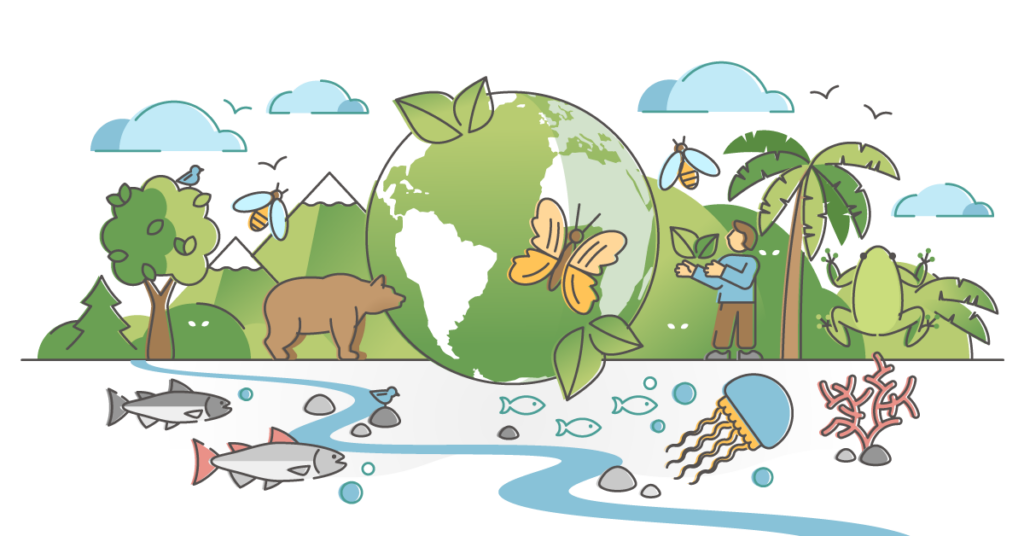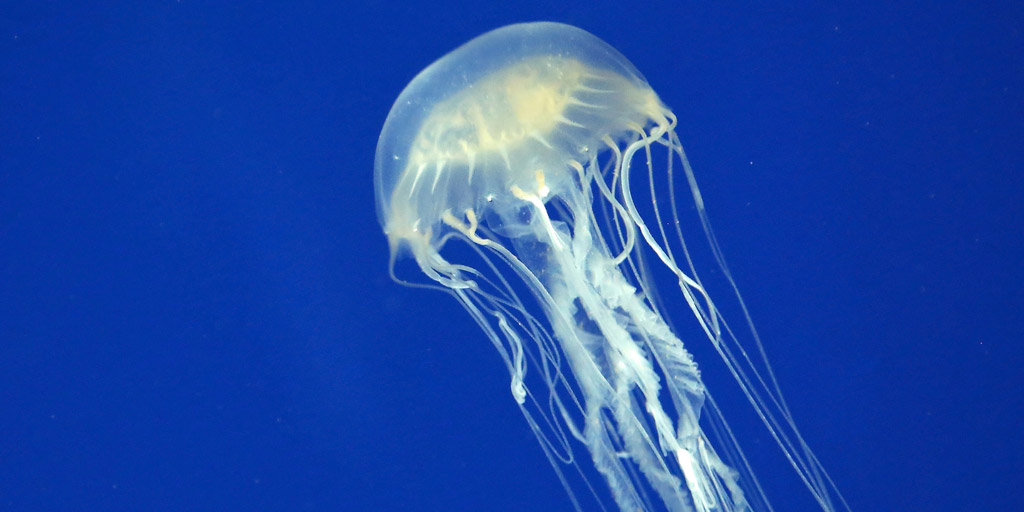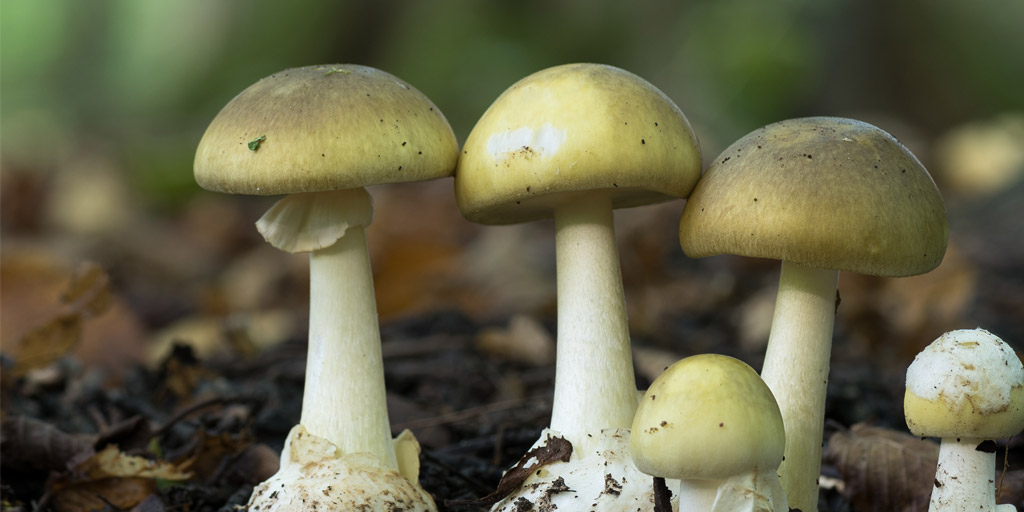We share this planet with approximately 8.7 million species of plants and animals. Within such a diverse environment, it’s only natural that many complex relationships have developed among different species. Some relationships are mutually beneficial, some are parasitic—and some are lethal.

Natural toxins and venoms are biologically active compounds produced by normal metabolic processes in an organism but are harmful to other organisms. Typically, toxins are encountered passively or ingested by the affected organisms, and have a specific mode of action and binding site within a cell. In contrast, venoms are introduced directly into the victim through a specialized delivery mechanism, and they may consist of a mixture of compounds that affect a range of cell types and tissues (1). Both types of poisons are produced for predation, defense, or to offer a competitive advantage (1).
Considerable research has been devoted to finding antidotes for some of the more common toxins and venoms. Typically, antidotes work by altering the kinetics of the poison within the affected cells and tissues, or by blocking its binding to specific components of the cellular machinery. However, in order to develop an effective antidote, the poison’s mechanism of action must be understood clearly. Unfortunately, this is not the case with several deadly toxins and venoms.
The Sting of Death

One of the deadliest animals in the world is the box jellyfish, Chironex fleckeri. Contact with box jellyfish tentacles results in rapid release of its venom, and the vast majority of its victims suffer extreme pain and local tissue destruction. Severe exposure to the venom can result in death in humans (2). The venom contains a mixture of bioactive compounds with a wide range of toxic effects; however, the action of these compounds at the molecular level is poorly understood.
To understand the cellular pathways contributing to venom-induced cytotoxicity, Lau et al. devised a method for genome-wide functional interrogation of box jellyfish venom cytotoxicity (2). Using a genome-wide CRISPR screening technique (reviewed in 3), they mutagenized a human cell line with a lentivirus library that targeted 19,050 human genes with >100,000 unique guide RNA sequences. To obtain venom-resistant cells, they selected knockout mutants with lethal concentrations of venom for 14 days. Sequencing selected vs. unselected cells revealed multiple guide RNAs associated with venom resistance. Further analysis identified host factors significantly enriched in venom-resistant cells. The top-ranking hit in the screen was an ATPase plasma membrane Ca2+ transporting protein, ATP2B1. Additional experiments suggested that the box jellyfish venom works through ATP2B1 to induce cell death via a calcium-independent mechanism. Further, the roles of cholesterol and sphingomyelin in venom-induced cytotoxicity were also studied. Based on these results, the researchers discovered a venom antidote that functioned up to 15 minutes after exposure to suppress tissue necrosis and pain in mice.
Death Comes to Dinner

Recently, another collaborative study led by the same principal investigators applied the CRISPR screening method to study the toxicity of death cap mushrooms (Amanita phalloides), which are responsible for more than 90% of deaths among all poisonous mushrooms (4). The component of these mushrooms that is highly toxic to humans, α-amanitin, is thought to inhibit RNA polymerase II in human cells. However, the exact mechanisms of toxicity are not clearly understood. Using a genome-wide CRISPR screen, the researchers identified a component of the N-glycan biosynthesis pathway, STT3B, required for α-amanitin-induced cell death. Using an in silico drug screen and functional validation, the researchers discovered an inhibitor of STT3B—indocyanine green (ICG)—that could serve as a potential antidote. Interestingly, ICG is a dye widely used in medicine for cardiac, hepatic and ophthalmological diagnostics, and its safety profile has been well established in humans. It was originally developed as a photographic dye during World War 2 (5). In this study, ICG showed promising results in standard cell culture and in liver organoid models. In mice, ICG blocked α-amanitin toxicity when administered 4 hours after exposure to the toxin but lost its efficacy between 8 to 12 hours. Therefore, the researchers conclude that ICG should be given as early as possible following ingestion of the toxin.
These studies demonstrate the feasibility of combining whole-genome CRISPR screening with in silico drug prediction to rapidly identify suitable candidates for antidotes. While the ultimate dream of a universal antidote for all natural toxins may continue to be elusive, these studies will pave the way for further understanding of how the most lethal toxins work and offer the possibility of developing specific and effective antidotes.
Learn about ready-to-use CRISPR Reporter Cell Lines for popular drug targets to study endogenous protein interactions.
References
- Brodie III, E.D. (2009) Toxins and venoms. Curr. Biol. 19(20), R931–R935.
- Lau, M.-T. et al. (2019) Molecular dissection of box jellyfish venom cytotoxicity highlights an effective venom antidote. Nat. Commun. 10, 1655.
- Bock, C. et al. (2022) High-content CRISPR screening. Nat. Rev. 2, 8.
- Wang, B. et al. (2023) Identification of indocyanine green as a STT3B inhibitor against mushroom α-amanitin cytotoxicity. Nat. Commun. 14, 2241.
- Lu, C.-H. and Hsaio, J.-K. (2021) Indocyanine green: An old drug with novel applications. Tzu Chi Med. J. 33(4), 317–322.
Related Posts
Latest posts by Ken Doyle (see all)
- Will Artificial Intelligence (AI) Transform the Future of Life Science Research? - February 1, 2024
- RAF Inhibitors: Quantifying Drug-Target Occupancy at Active RAS-RAF Complexes in Live Cells - September 5, 2023
- Synthetic Biology: Minimal Cell, Maximal Opportunity - July 25, 2023
